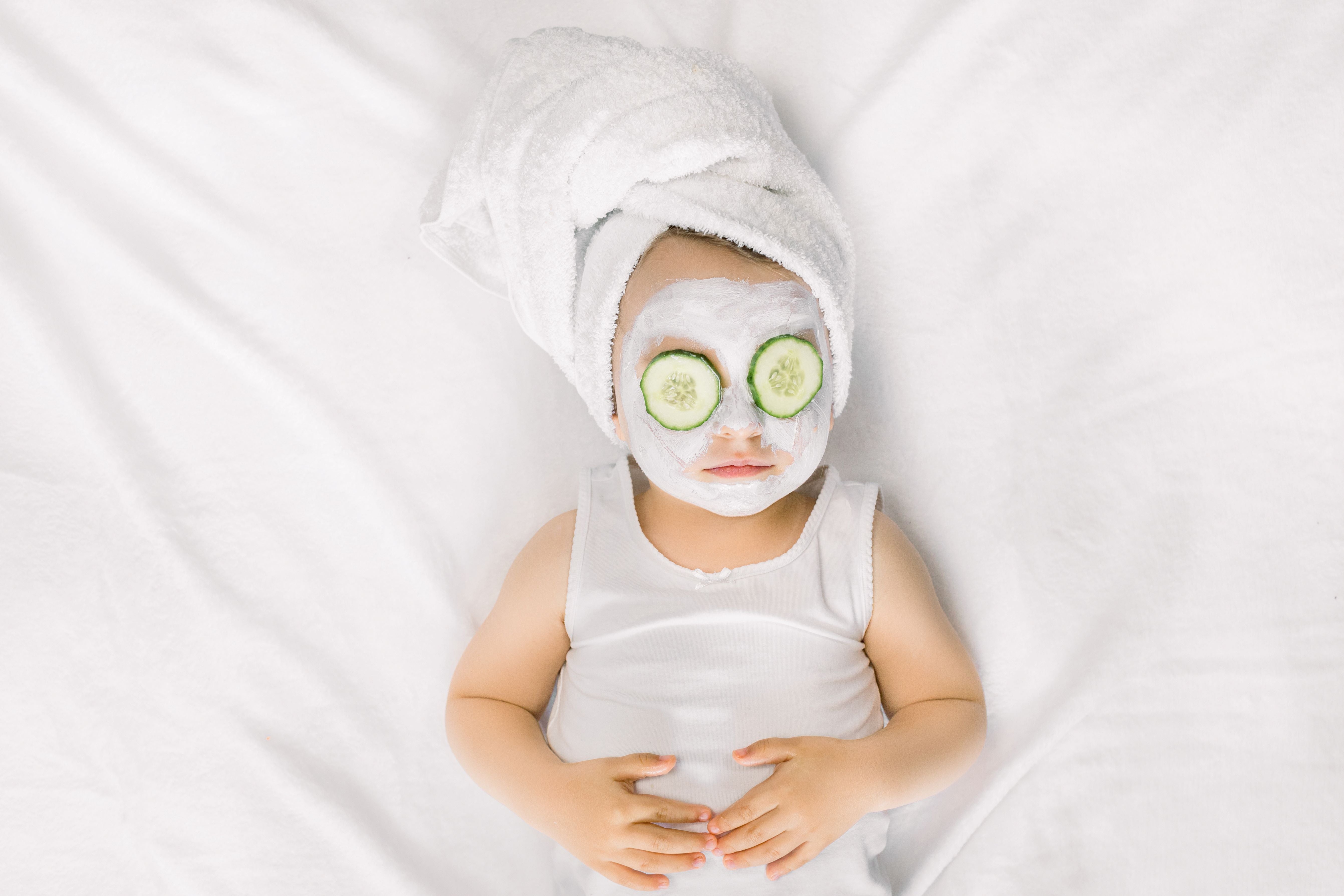Dry or Dehydrated Skin?

Do you feel like you have dry skin? Or is it dehydrated? Or both?! Aren’t they the same thing? Well I can answer the last question – no. Dry and dehydrated skin are not the same and you can have both at the same time or you can have oily and dehydrated skin! Why do we care? Because the products you use to address either dry or dehydrated skin are different so it’s important to try and identify what you are dealing with. Let’s break it down.
What is Dry Skin?
Dry skin is a skin type that lacks oil or sebum. The natural oils produced by our skin are important for balancing the skin micobiome and as part of the skins protective function. Dry skin is commonly due to genetics but can also be due to environmental factors, or aging. Signs of dry skin include:
1. Tightness and Discomfort
Dry skin often feels tight and uncomfortable, especially after washing. If your skin feels like it's pulling or lacking elasticity, it may be a sign of dryness.
2. Flakiness and Rough Texture
One of the most noticeable signs of dry skin is flakiness and a rough texture. If you notice small, white flakes on your skin or feel rough patches, it could indicate dryness. If you wear makeup, you may also notice that it doesn’t go on smoothly or evenly over this texture.
3. Itching and Irritation
Dry skin is often accompanied by itching and irritation. If you find yourself constantly scratching or experiencing redness, it may be a result of dry skin.
Dry skin can vary in severity, from mild to more severe cases that may require medical attention. If you suspect you have dry skin, it's essential to take steps to hydrate and nourish your skin. As always, if you are concerned about your skin, consult your GP or dermatologist.
What is Dehydrated Skin?
Dehydrated skin on the other hand, is a temporary condition where the skin lacks water rather than oil. Any skin type can suffer from dehydration, even oily skin types. Dehydrated skin can be caused by external factors like weather, diet, hormones or skincare products that strip the skin of its natural moisture. Using the wrong skincare products for your skin, or too many harsh active ingredients in your skincare can impair the function of your skin barrier and increase something called TransEpidermal Water Loss (TEWL) which is essentially your skin not being able to hold in enough water in the upper layers of your skin (the epidermis).
1. Dullness
If your skin is lacking hydration, it can lose its natural glow and appear dull, fatigued, and lackluster.
2. Fine lines and wrinkles
One of the most common signs of dehydrated skin and a good way to differentiate this from dry skin is the presence of fine lines and wrinkles. When the skin is dehydrated, it can accentuate the appearance of fine lines and wrinkles, making them more noticeable.
3. Sensitivity
Dehydrated skin is often more sensitive and prone to irritation. If your skin feels more sensitive than usual or reacts easily to skincare products, it could be a sign of dehydration.
How to Tell the Difference?
One way to distinguish between dry and dehydrated skin is to assess how long you have had this concern and how your skin feels. If your skin feels tight, rough, or flaky most of the time, it is likely dry. If your skin looks tired and dull, with fine lines, it may be dehydrated. Another way is to observe how your skin responds to serums or moisturizers. Dehydrated skin will benefit almost instantly from lightweight, hydrating products that improve the appearance of fine lines and a dull complexion.
One that note, once you have figured out whether your skin concern relates to dryness or dehydration, there are certain products/ingredients that will specifically help each issue.
Products for dry skin: look for nourishing products rich in moisturising ingredients such as oils, butters (i.e. shea or cocoa), fatty acids and ceramides and moisturisers with thicker textures
Products for dehydrated skin: look for products with humectants (ingredients that hold water in the skin) like hyaluronic acid and glycerin. There is a range of categories that have hydrating products such as essences, toners, serums and lightweight moisturisers. It is also a good idea to use an occlusive product (occludes or creates a barrier over the skin) to seal in that water and prevent TEWL. The types of occlusives that will suit your skin will depend on whether your skin is also oily (need to be weary of initiating breakouts) or dry (can probably tolerate a richer occlusive).
It is often the case that people think they have dry skin when they actually just need to give their skin a big drink of water! Understanding the difference between dry and dehydrated skin is essential for developing an effective skincare routine and working out whether you need moisturisation or hydration (potentially both!). That way you won’t waste your hard-earned money on the wrong products and you will get that clear, even, glowing skin you want, faster.
References:
- Baumann, Leslie. "Dry Skin and Moisturizers: Chemistry and Function." Journal of Cosmetic Dermatology, vol. 3, no. 2, 2004, pp. 88-93.
- Baumann, Leslie. "Dehydrated Skin: What Is It and How to Fix It." Dermatology Times, 2018.
- Draelos, Zoe. "The Effect of Hydration on the Appearance of Fine Lines and Wrinkles." Journal of Clinical and Aesthetic Dermatology, vol. 5, no. 7, 2012, pp. 29-32.
- Ganceviciene, Ruta et al. "Skin anti-aging strategies." Dermato-endocrinology, 2012.
- Rawlings, A.V. "Moisturization and Skin Barrier Function." Dermatologic Therapy, vol. 17, 2004, pp. 43-48.



